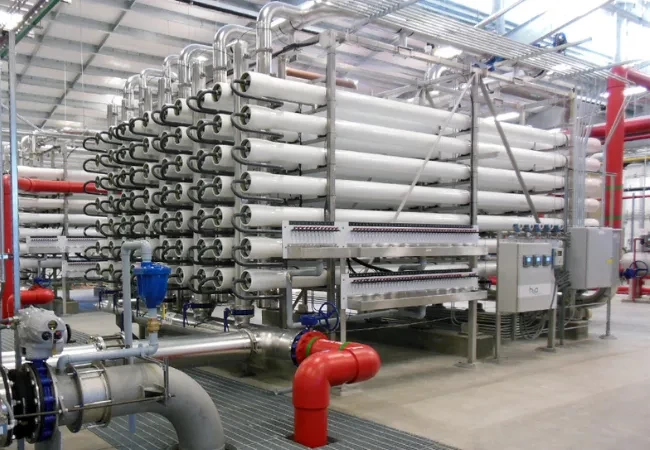What is Closed Circuit Reverse Osmosis: Benefits and Applications
Water purification technologies are essential in ensuring that we have access to clean and safe water. One of the most advanced and efficient methods available today is Closed Circuit Reverse Osmosis (CCRO). In this blog post, we’ll explore how Closed Circuit Reverse Osmosis works, its benefits, and its various applications, shedding light on why it is an important technology for our future.
What is Closed Circuit Reverse Osmosis?
Reverse Osmosis (RO) is a popular water purification method that uses a semi-permeable membrane to remove contaminants from water. It operates by pushing water through this membrane, producing two distinct streams: one of purified water and another of concentrated contaminants. Closed Circuit Reverse Osmosis enhances this process by operating in a closed-loop system, which maximizes water recovery and minimizes waste.
How Does Closed Circuit Reverse Osmosis Work?
The Closed Circuit Reverse Osmosis process involves several key stages:
- Feed Water Introduction: The process begins with water that contains a high concentration of contaminants. This water is fed into the system under pressure.
- Membrane Filtration: The feed water passes through a semi-permeable membrane. Here, pure water is separated from the contaminants, which remain on the other side of the membrane.
- Concentration and Recycling: In a closed circuit system, the contaminants that are rejected by the membrane are not discarded. Instead, they are recycled back into the system. This recycling process significantly improves the efficiency of the system, reducing the volume of waste produced.
- Final Purification: After several cycles through the system, the purified water is collected. The contaminants, now concentrated, are removed more effectively than in traditional RO systems.
Benefits of Closed Circuit Reverse Osmosis
Closed Circuit Reverse Osmosis offers several advantages over traditional water purification methods:
- Higher Recovery Rates: CCRO systems can achieve recovery rates of 90% or more. This means that a higher percentage of purified water is produced from the same amount of feed water, which is especially beneficial in regions facing water scarcity.
- Reduced Waste: By recycling the concentrated waste within the system, CCRO minimizes environmental impact. This makes it a more sustainable choice compared to conventional reverse osmosis systems.
- Improved Efficiency: The closed-loop design not only boosts water recovery but also reduces energy costs. This leads to cost savings over time, making CCRO a more economical option in the long run.
- Versatility: CCRO is adaptable to various applications. Whether it's for desalination, industrial processes, or wastewater treatment, CCRO offers flexibility and efficiency across different sectors.
Applications of Closed Circuit Reverse Osmosis
Closed Circuit Reverse Osmosis finds use in several critical areas:
- Desalination: CCRO is increasingly used in desalination plants to convert seawater into freshwater. This is a crucial technology for addressing global water scarcity issues.
- Industrial Use: Industries that require high-quality water, such as those in pharmaceuticals and food processing, benefit from the efficiency and purity provided by CCRO.
- Wastewater Treatment: CCRO is effective in treating wastewater, allowing for the reuse of water in agricultural irrigation or industrial processes.
Conclusion
Alantech, a leading industrial water treatment plant manufacturers, offers high-quality Reverse Osmosis Systems that are safe, easy to use, and efficient. With advanced technology, our Industrial Reverse Osmosis Systems are meticulously designed to deal with sea and brackish water. Our range of top-notch systems includes but is not limited to, Seawater Reverse Osmosis Systems and Brackish Water Reverse Osmosis Systems. Upholding the importance of water purification in various industries, our RO Membranes are available in sizes ranging from 8 inches to 4 inches and 2.5 inches.


